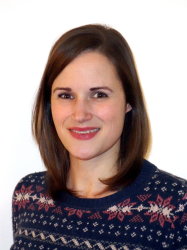BibTex format
@article{Male:2022:10.3389/fimmu.2022.880438,
author = {Male, V and Whettlock, E and Woon, EV and Cuff, A and Browne, B and Johnson, M},
doi = {10.3389/fimmu.2022.880438},
journal = {Frontiers in Immunology},
title = {Dynamic changes in uterine NK cell subset frequency and function over the menstrual cycle and pregnancy},
url = {http://dx.doi.org/10.3389/fimmu.2022.880438},
volume = {13},
year = {2022}
}

